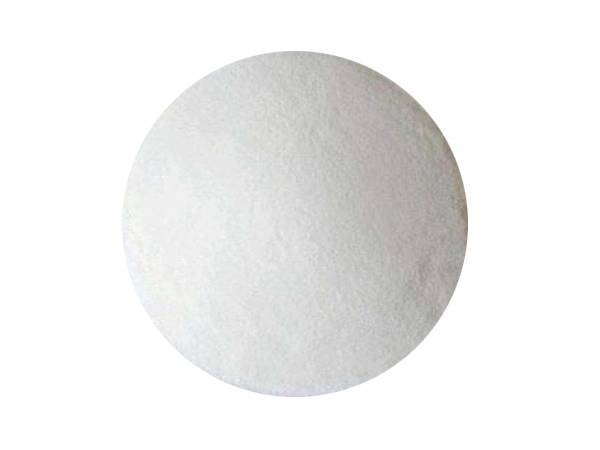



mono potassium phosphate msds
Understanding the Safety Data Sheet of Mono Potassium Phosphate (MKP)
Mono potassium phosphate (MKP), with the chemical formula KH2PO4, is an essential inorganic compound widely used across various industries, including agriculture, food production, and pharmaceuticals. As with any chemical substance, understanding its safety data sheet (SDS) is crucial for ensuring safe handling and usage. This article will provide an overview of the key components of the MSDS (Material Safety Data Sheet) for mono potassium phosphate, focusing on its properties, hazards, handling instructions, and emergency measures.
Chemical Properties
Mono potassium phosphate is a white crystalline powder with hygroscopic properties, which means it can absorb moisture from the air. It is soluble in water, producing a neutral pH solution, making it ideal for various applications. Additionally, MKP serves as a source of potassium and phosphorus for plants, enhancing their growth and development. However, despite its essential role in agriculture and other fields, proper safety measures are necessary to mitigate potential risks.
Hazard Identification
According to the SDS, MKP is generally considered to be low in toxicity. It does not present significant health risks under normal conditions. However, certain hazards may arise when handling this compound, particularly in dust form. Inhalation of MKP dust can cause respiratory irritation, and prolonged exposure may lead to more severe respiratory issues. Skin contact may cause mild irritation, while eye exposure can result in discomfort and redness.
The SDS classifies mono potassium phosphate as a non-flammable material, which means it does not pose a significant fire hazard under typical conditions
. Nevertheless, it is essential to store it away from strong acids to prevent any potential chemical reactions.First Aid Measures
mono potassium phosphate msds

In case of exposure to MKP, the first aid measures outlined in the SDS should be followed closely. For inhalation, it is advised to move the affected person to fresh air and ensure they have ease of breathing. If respiratory irritation persists, seek medical attention. For skin exposure, wash the affected area with soap and water. If irritation continues, medical assistance is recommended. In the case of eye exposure, it is critical to rinse the eyes gently with running water for several minutes and to seek medical attention if symptoms persist.
Handling and Storage
Proper handling and storage practices are essential for ensuring safety when working with mono potassium phosphate. The SDS recommends wearing appropriate personal protective equipment (PPE), including gloves, goggles, and dust masks, to minimize exposure risks. Workspaces should be well-ventilated to reduce the concentration of airborne particles.
Storage areas should be cool, dry, and well-ventilated, away from incompatible substances, such as strong acids. MKP should be stored in a tightly closed container to prevent moisture absorption and contamination. Regular inspections of storage conditions are also advisable to maintain safety standards.
Spill and Disposal Procedures
If mono potassium phosphate is accidentally spilled, the SDS recommends taking immediate precautions to minimize exposure. Appropriate personal protective equipment should be worn, and the area should be isolated to prevent unnecessary exposure to individuals nearby. The spill should be contained using inert materials, such as sand, to absorb the substance. After containment, the material can be collected and disposed of according to local regulations for hazardous waste.
Conclusion
In conclusion, while mono potassium phosphate is a valuable compound with numerous applications, understanding and adhering to its safety data sheet is paramount for safe handling and use. The SDS provides essential information regarding the chemical’s properties, potential hazards, first aid measures, storage, and spill response. By following these safety guidelines, individuals and organizations can minimize risks associated with MKP and utilize its beneficial properties effectively. Awareness and preparedness are key to ensuring safety in environments where mono potassium phosphate is present.
-
Why Sodium Persulfate Is Everywhere NowNewsJul.07,2025
-
Why Polyacrylamide Is in High DemandNewsJul.07,2025
-
Understanding Paint Chemicals and Their ApplicationsNewsJul.07,2025
-
Smart Use Of Mining ChemicalsNewsJul.07,2025
-
Practical Uses of Potassium MonopersulfateNewsJul.07,2025
-
Agrochemicals In Real FarmingNewsJul.07,2025
-
Sodium Chlorite Hot UsesNewsJul.01,2025










